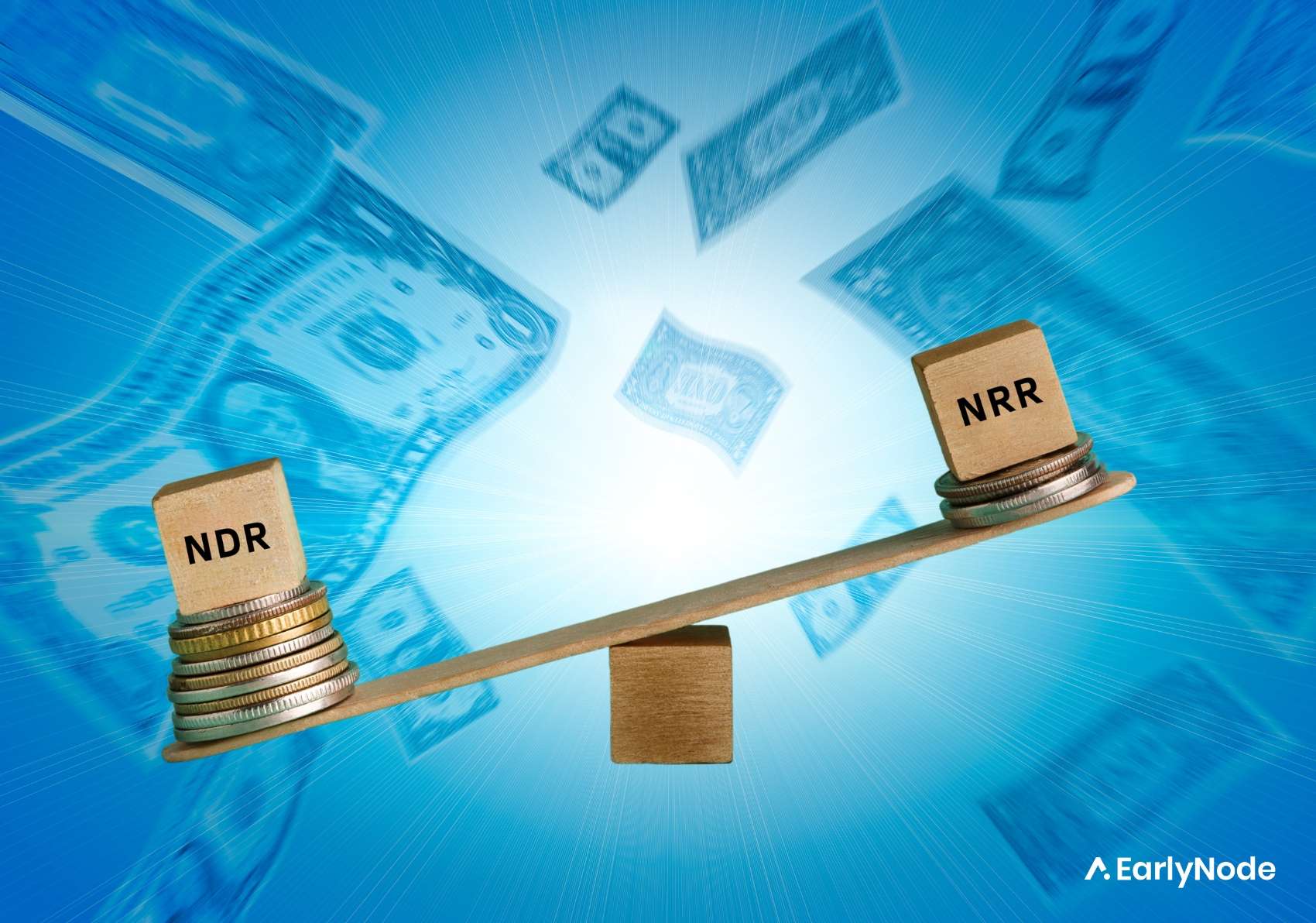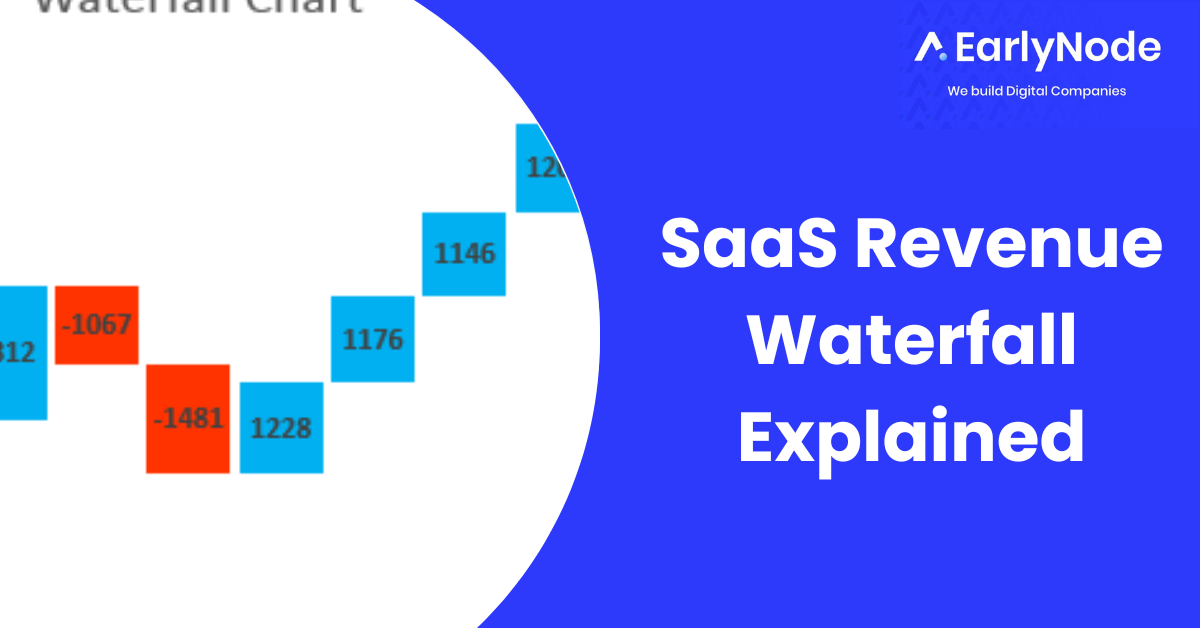Annual Contract Value (ACV): What it is and how it works

Suppose you sign a 5-year contract with a client bringing you $300,000 and a 2-year contract with another client for $100,000. How do you determine the total value of your clients each year? How can you tell which client is more valuable on paper? ACV is the answer. This article will explore why ACV is a core sales metric for B2B SaaS managers and how you can calculate your company’s ACV.
What is ACV?
Annual Contract Value, or ACV, is the amount of money a customer spends with your company each year. SaaS businesses typically use ACV with yearly or multi-year contracts. You can calculate ACV for monthly subscriptions by multiplying your MRR by 12.
Why is ACV important?
This metric is important because it shows you the value of each customer and how to prioritize your highest-value clients. When you know that a customer will bring in $50,000 at the end of a year compared to another bringing in $5,000, you know who to prioritize an exclusive VIP treatment for and who can wait in line. (General rule: be nice to every customer, no matter how much money they make you.)
Secondly, ACV is a good indicator of future growth. Because it measures recurring revenue, it gives you a pretty good idea of how much revenue you can expect to see in the coming months and years. This makes it an essential metric for forecasting and budgeting purposes.
ACV also allows you to measure the health of your business. A high ACV usually means that each customer is generating a lot of revenue for your business, which is a good sign. A high ACV also allows you to reinvest in your business since you have more money to play with!
Calculating ACV
Thankfully, you won’t get a headache over this one! The formula for annual contract value is:
Total Contract Value / Total number of years in contract
For example, take the 5-year contract scenario above. The ACV would be;
$300,000 / 5 = $60,000
Assuming the contract is every month, you would need to find the value of the contract annually. E.g., A user subscribes for 2 years at $100 per month. The ACV would be:
Total Contract Value = $100 x 24months = $2400
ACV = $2400 / 2 = $1200
Typical ACV for B2B SaaS
ACV varies from company to company. Some B2B SaaS companies calculate ACV differently by factoring in one-time fees like setup fees. Aside from that, other factors that may affect ACV include the subscription model, the number of customers, and the industry.
However, according to a survey by RJMetrics, B2B SaaS companies have an average ACV of $1080. But a low ACV doesn’t necessarily mean you’re doing something wrong. It’s possible to have a low ACV yet make millions in revenue.
Should you measure ACV alone?
ACV as a standalone metric might seem empty or make little sense. But when you compare it with other vital metrics, you see the bigger picture. An example is comparing annual contract value with customer lifetime value (CLV). CLV is a prediction of how much revenue a customer will generate throughout their relationship with you. Obviously, the higher the CLV, the better.
And when you compare ACV with your CAC, you get an idea of how long you’ll take before making a profit on a particular user.
Conclusion
Annual Contract Value is significant because it can tell you a lot about the health of your business and where it’s headed in the future. There’s no one correct answer when calculating ACV – it varies from company to company. However, as a general rule of thumb, the higher your ACV, the more healthy and scalable your business will likely be.




